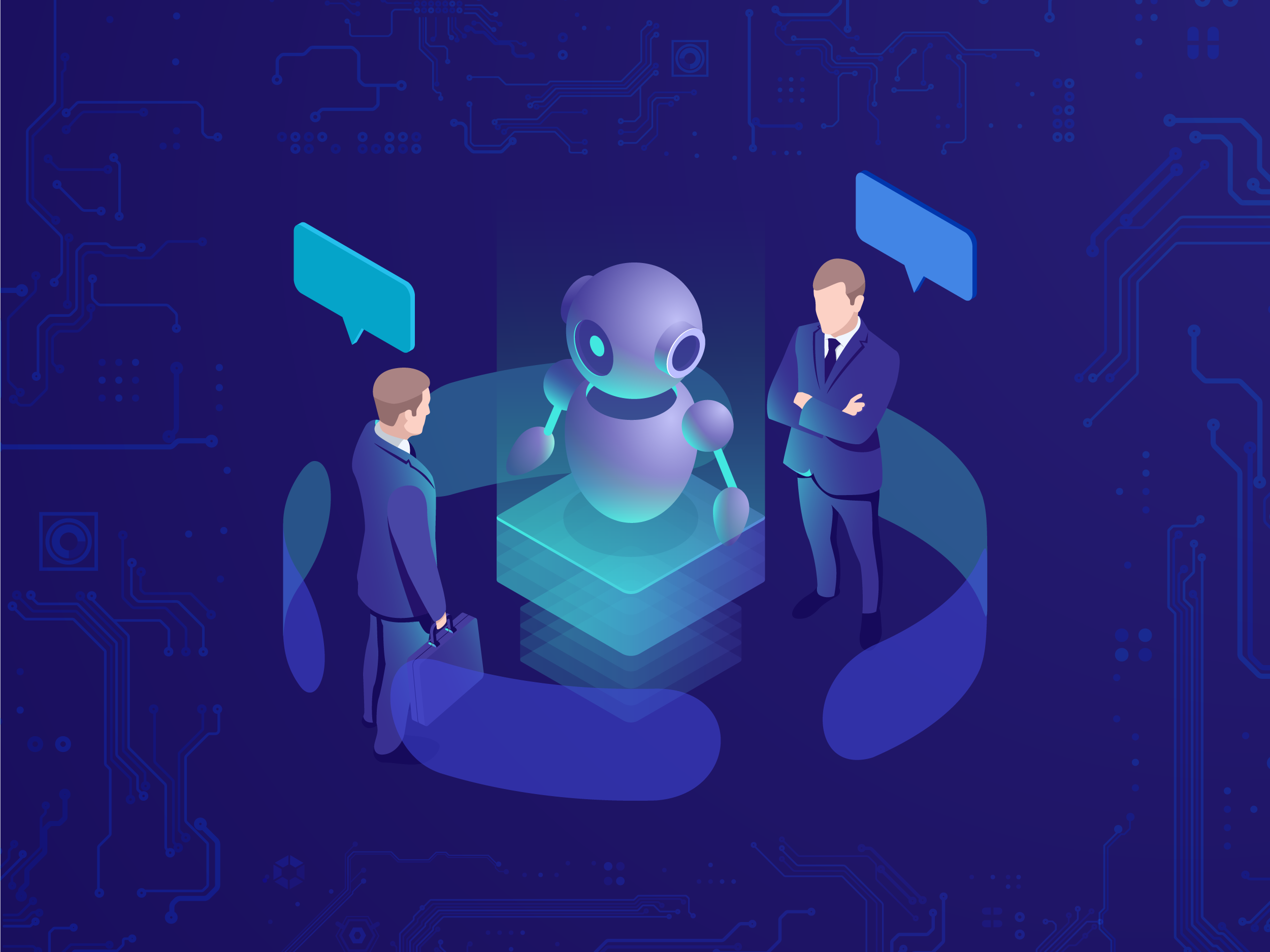In the dynamic landscape of modern business, efficiency and customer engagement are paramount. Companies are increasingly turning to artificial intelligence (AI) to streamline operations and enhance customer interactions. Among the most transformative AI applications are AI chatbots, which are revolutionizing business workflows across various industries. In this blog, we’ll explore the integration of AI chatbots into business workflows, delving into their benefits, implementation strategies, and future potential.
The Rise of AI Chatbots
AI chatbots are computer programs designed to simulate human conversation using natural language processing (NLP) and machine learning (ML). These chatbots can engage with customers, provide support, and even perform specific tasks autonomously. Their rise can be attributed to advancements in AI technologies, increasing customer expectations for instant responses, and the need for businesses to operate more efficiently.
Benefits of AI Chatbots in Business
1. Enhanced Customer Support: AI chatbots provide 24/7 customer support, answering queries instantly and efficiently. They can handle a high volume of inquiries simultaneously, reducing wait times and improving customer satisfaction. For example, HDFC Bank implemented an AI chatbot named Eva to handle customer queries. Eva can answer millions of customer questions across multiple channels, significantly reducing the load on human agents and providing quick resolutions to customers.
2. Cost Savings: By automating routine tasks, businesses can reduce operational costs. Chatbots can handle repetitive tasks such as answering FAQs, processing orders, and scheduling appointments, freeing up human employees for more complex and strategic activities. Swiggy, a popular food delivery service in India, uses AI chatbots to streamline order processing and customer support, resulting in significant cost savings and improved operational efficiency.
3. Personalization: Advanced AI chatbots analyze customer data to provide personalized responses and recommendations. This level of personalization can enhance the customer experience, leading to increased loyalty and higher conversion rates. MakeMyTrip, a leading online travel company, uses an AI chatbot named Myra to offer personalized travel recommendations and support, enhancing the overall customer journey.
4. Scalability: AI chatbots can easily scale to handle growing business demands without a proportional increase in costs. Whether a business is small or large, chatbots can adapt to varying levels of customer interactions.
Implementing AI Chatbots into Business Workflows
Integrating AI chatbots into business workflows requires careful planning and execution. Here’s a step-by-step guide to ensure a successful implementation:
1. Identify Business Needs
Start by identifying the specific business needs that AI chatbots can address. Determine which tasks can be automated and how chatbots can enhance customer interactions. Common use cases include customer support, lead generation, and e-commerce transactions.
2. Choose the Right Technology
Select a chatbot platform that aligns with your business requirements. Consider factors such as ease of integration, scalability, customization options, and support for multiple languages. Popular chatbot platforms include Dialogflow, Microsoft Bot Framework, and IBM Watson Assistant.
3. Design the Conversation Flow
Designing an effective conversation flow is crucial for a positive user experience. Map out potential customer interactions and create responses that are natural and engaging. Incorporate fallback mechanisms to handle queries that the chatbot cannot answer.
4. Train the Chatbot
Training the chatbot involves feeding it with relevant data and refining its responses through machine learning algorithms. This process requires continuous monitoring and updating to ensure the chatbot remains accurate and effective.
5. Integrate with Existing Systems
Ensure that the chatbot can seamlessly integrate with existing business systems such as CRM, ERP, and e-commerce platforms. This integration allows the chatbot to access and update customer data in real-time, providing a more personalized and efficient service.
6. Test and Optimize
Before deploying the chatbot, conduct thorough testing to identify and resolve any issues. Monitor its performance regularly and collect feedback from users to optimize its functionality. Continuous improvement is key to maintaining an effective AI chatbot.
Ready to transform your business with AI chatbots? Contact Nuclay Solutions today and discover how their AI services can help you streamline operations and enhance customer engagement. Visit [Nuclay Solutions](https://nuclaysolutions.com/) to learn more.
Future Potential of AI Chatbots
The future of AI chatbots is promising, with advancements in AI and NLP paving the way for even more sophisticated and capable bots. Here are a few trends to watch:
1. Voice-Activated Chatbots
Voice-activated chatbots are becoming increasingly popular, thanks to the rise of virtual assistants like Amazon Alexa and Google Assistant. Businesses can leverage voice technology to offer hands-free customer support and enhance user convenience.
2. Emotional Intelligence
Future chatbots will likely be equipped with emotional intelligence, enabling them to understand and respond to human emotions. This capability can lead to more empathetic and engaging customer interactions.
3. Hyper-Personalization
As AI chatbots become more advanced, they will be able to deliver hyper-personalized experiences by analyzing vast amounts of customer data. This level of personalization can significantly boost customer loyalty and drive business growth.
4. Integration with IoT
The integration of AI chatbots with the Internet of Things (IoT) can open up new possibilities for automation and efficiency. For instance, chatbots can interact with smart devices to provide real-time updates and control functionalities.
Integrating AI chatbots into business workflows is no longer a futuristic concept; it is a present-day reality that offers substantial benefits. From enhancing customer support to reducing operational costs, AI chatbots are transforming how businesses operate. By carefully planning and executing the implementation process, businesses can leverage this powerful technology to stay competitive and meet the evolving demands of their customers.
The journey of integrating AI chatbots into business workflows is one of continuous learning and adaptation. As technology advances, the potential applications of AI chatbots will only grow, offering new opportunities for innovation and efficiency in the business world. Embrace this change, and let AI chatbots propel your business into the future.
Need expert assistance in implementing AI chatbots? We at Nuclay Solutions offer tailored AI services to meet your business needs. Get in touch now to start your AI journey.



